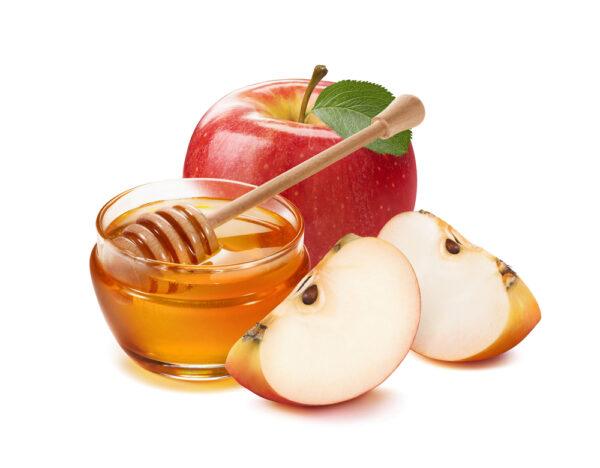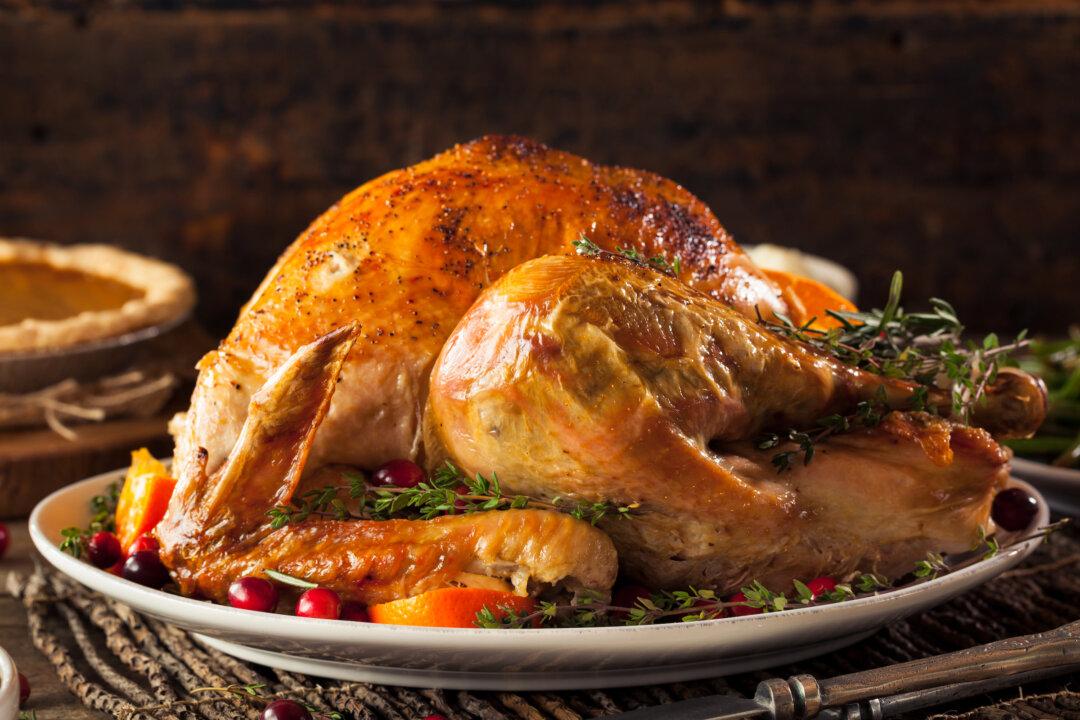On Rosh Hashanah, “sweetness is paramount,” writes Jewish food authority Leah Koenig in her cookbook, “Little Book of Jewish Sweets.” The festive meals of the Jewish New Year, which this year begins at sundown on Sunday, Sept. 29 and ends at sundown on Tuesday, Oct. 1, are full of food symbolism. Sweet foods, a common theme, are meant to usher in a sweet new year.

Apples and honey. Shutterstock






